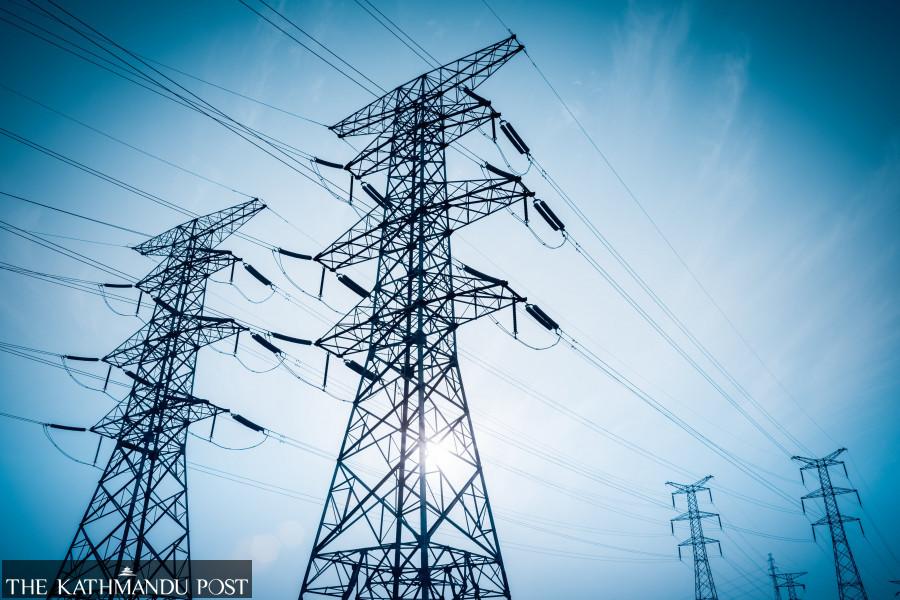Money
Nepal starts selling 364MW of electricity in the Indian market
For the first time, electricity generated by the private sector has entered India’s energy exchange market.
Post Report
The Nepal Electricity Authority has started selling the entire approved 364MW of electricity in India through the power exchange market of the Southern neighbour, the power utility said on Friday.
The state-owned power utility body is now selling 37.7MW from Trishuli and Devighat Hydropower Projects, 140MW from Kaligandaki Hydropower Project, 68MW from Middle Marsyangdi, 67MW from Marsyangdi and 51MW from Likhu-4 developed by the private sector, according to the NEA.
This year, the NEA first started selling electricity generated by Trishuli and Devighat on June 2 with the country’s power plants producing surplus energy due to rising water levels in the rivers where hydropower plants are based.
Gradually, it began to sell power generated by other projects too.
After the power utility began to sell 51MW from the Likhu-4 in the Indian market starting Friday, a total of 364MW, generated by six projects with approval for export from the Indian authorities, is now being exported to India.
This is also the first time that any private sector-generated electricity is being traded on India’s power exchange market.
“To be able to sell the entirety of surplus electricity generated for export with approval received from India is a milestone for the country’s electricity trade,” the NEA said in a press statement quoting its Managing Director Kul Man Ghising. “This has ended the possibility of wastage of surplus energy.”
He said that the NEA is making efforts with Indian officials to sell additional electricity in the Indian market in the coming days.
According to NEA, Nepal has received a maximum rate of Rs19.2 (INR 12) per unit and a minimum of Rs3.99 (INR 2.49) per unit at Indian Energy Exchange Limited (IEX), a power trading platform.
“Nepal is receiving an average price of Rs11.42 (INR7.14) per unit for Friday,” the power utility said.
The state-owned power utility body had first sold electricity from the Trishuli and Devighat power plants for nearly one and a half months starting early November last year.
But the country had to import electricity from India with the onset of the dry season in December when water levels in the rivers reduced, decreasing the output of the hydropower plants.
On the eve of monsoon this year, Nepal again started to export more power with the rise in the production of electricity.
Nepal’s peak demand for power on Friday stands at 1,773MW, according to NEA.
Nepal has been able to export energy to India at a time when its southern neighbour is facing an energy crisis due to the shortage of coal and its skyrocketing prices internationally amid the Russia-Ukraine war.
Ghising described the sales of 364MW of electricity as an implementation of Joint Vision Statement on Power Sector Cooperation issued jointly by Prime Minister Sher Bahadur Deuba and his Indian counterpart Narendra Modi in early April.
The vision statement issued during Prime Minister Deuba’s visit to India in early April talks about strengthening cooperation on joint development of power generation projects in Nepal, and the development of cross-border transmission infrastructure and bi-directional power trade with appropriate access to electricity markets in both countries based on mutual benefits.




 13.12°C Kathmandu
13.12°C Kathmandu














